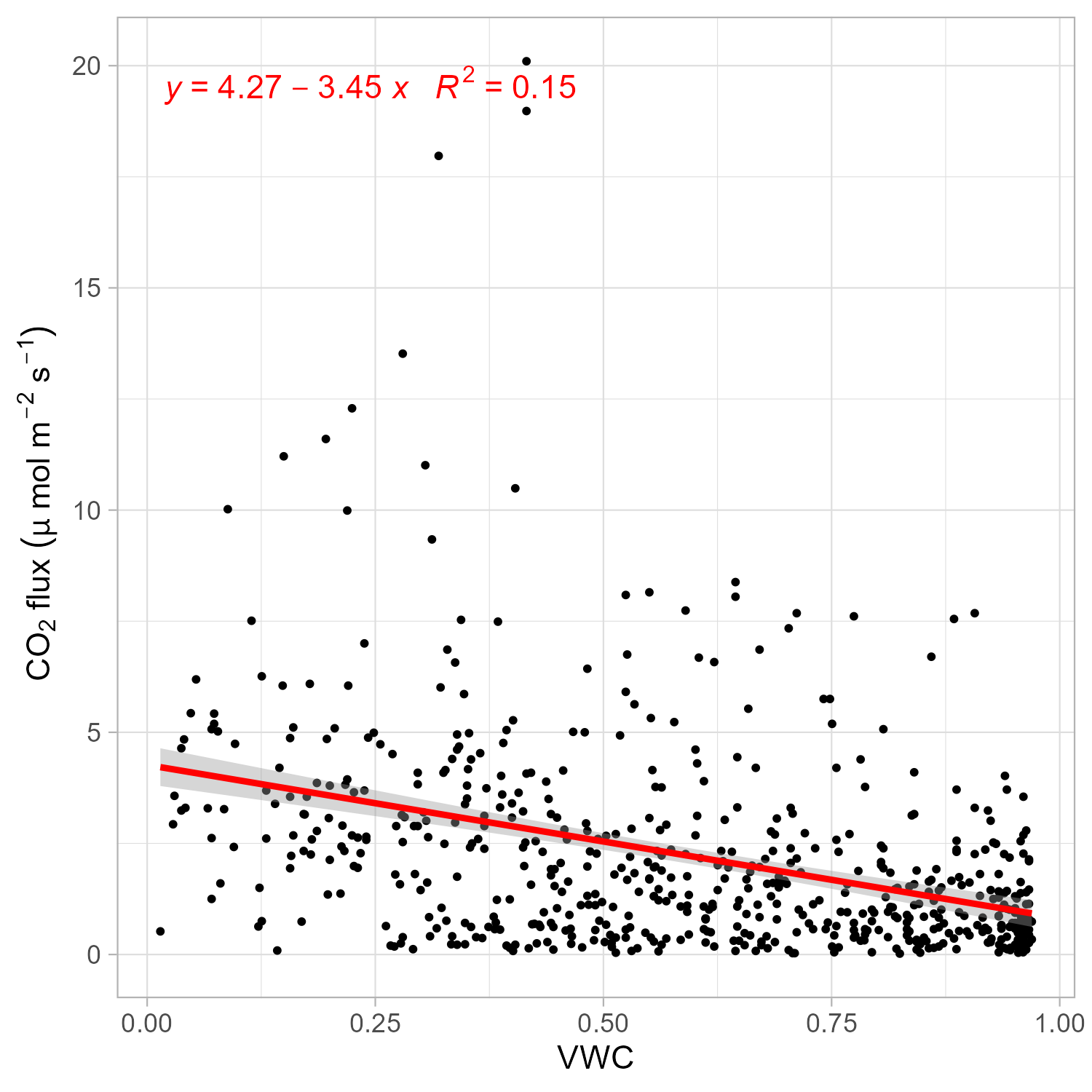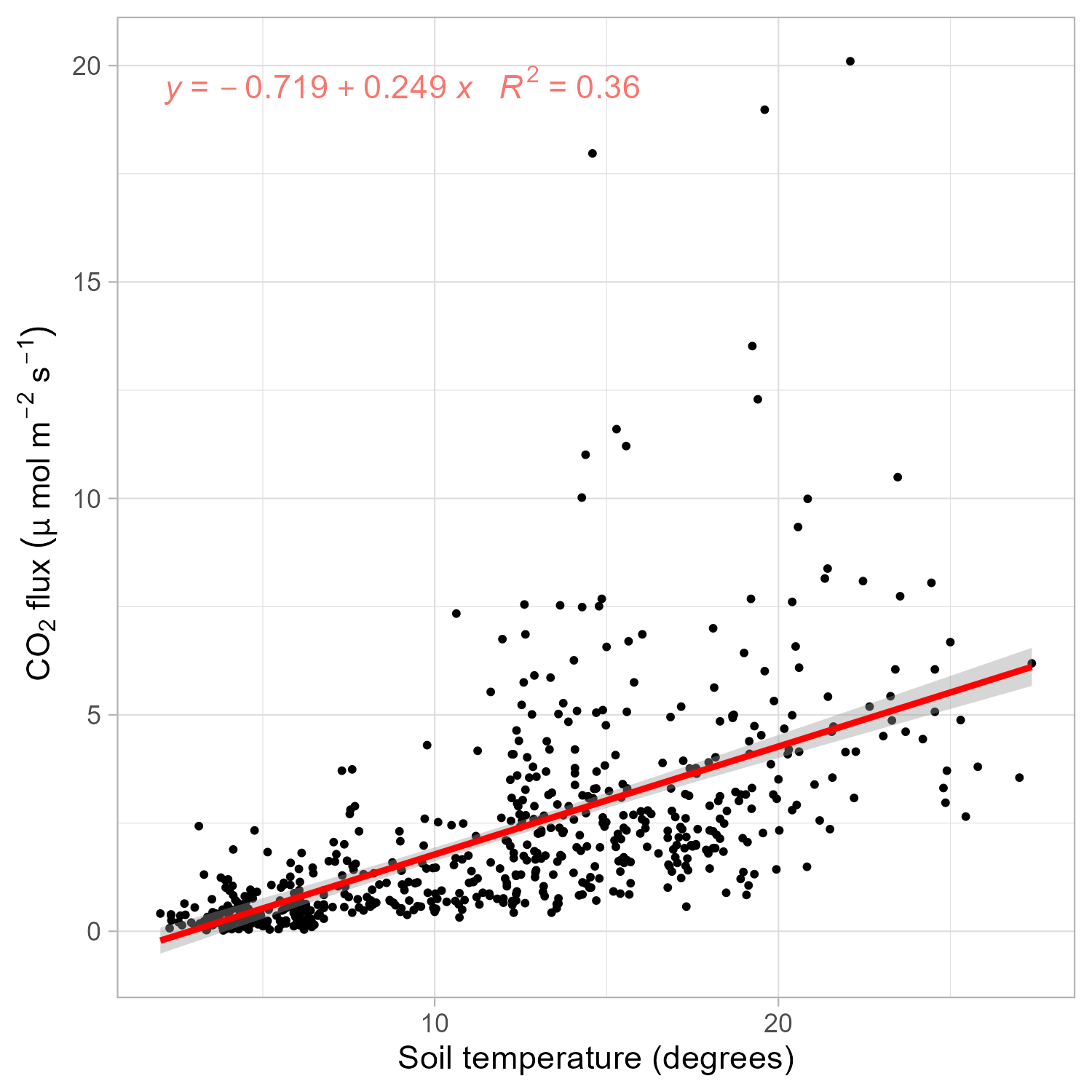This work package quantifies the variable nature and strength of the relationships between soil carbon dioxide fluxes and Critical Zone surface environmental factors. Short-term dynamics in temperature and soil moisture regime will be studied with high spatio-temporal resolution.
TEROS12® sensors were installed at 5 points along the transect and at 3 different depths in September 2022. These sensors allow to record soil moisture and temperature with a high temporal resolution. Temperature variations are contrasted in function of the depth and position. Soil moisture measurements show a high moisture content the whole year round with a little decrease during the drought in summer.
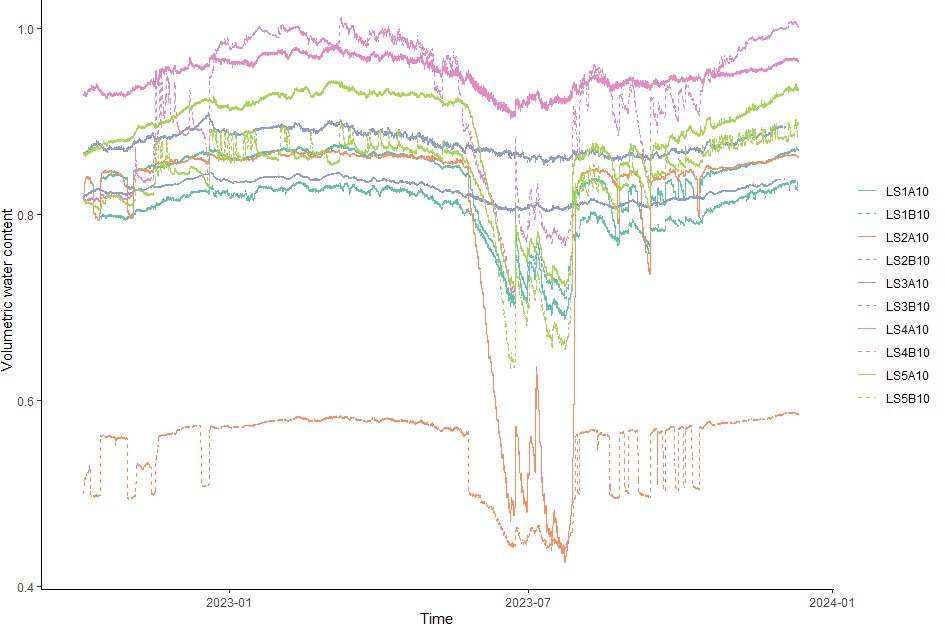
Moreover, 33 soil respiration collars were installed at 5 slope positions of the middle transect. Another 10 soil temperature sensors (Lascar EL-USB-1-Pro) were buried at a depth of 10 cm on the other 2 transects, which started recording data on 21st March 2023. We monitor soil respiration from 1st December 2022 to the summer of 2024, at a frequency of every 2 weeks in 2022-2023 and every month in 2024. The preliminary results imply that soil respiration shows great spatial-temporal heterogeneity, with higher respiration during the summer compared to other seasons and higher efflux in the summit and shoulder of the hill than the other slope positions.
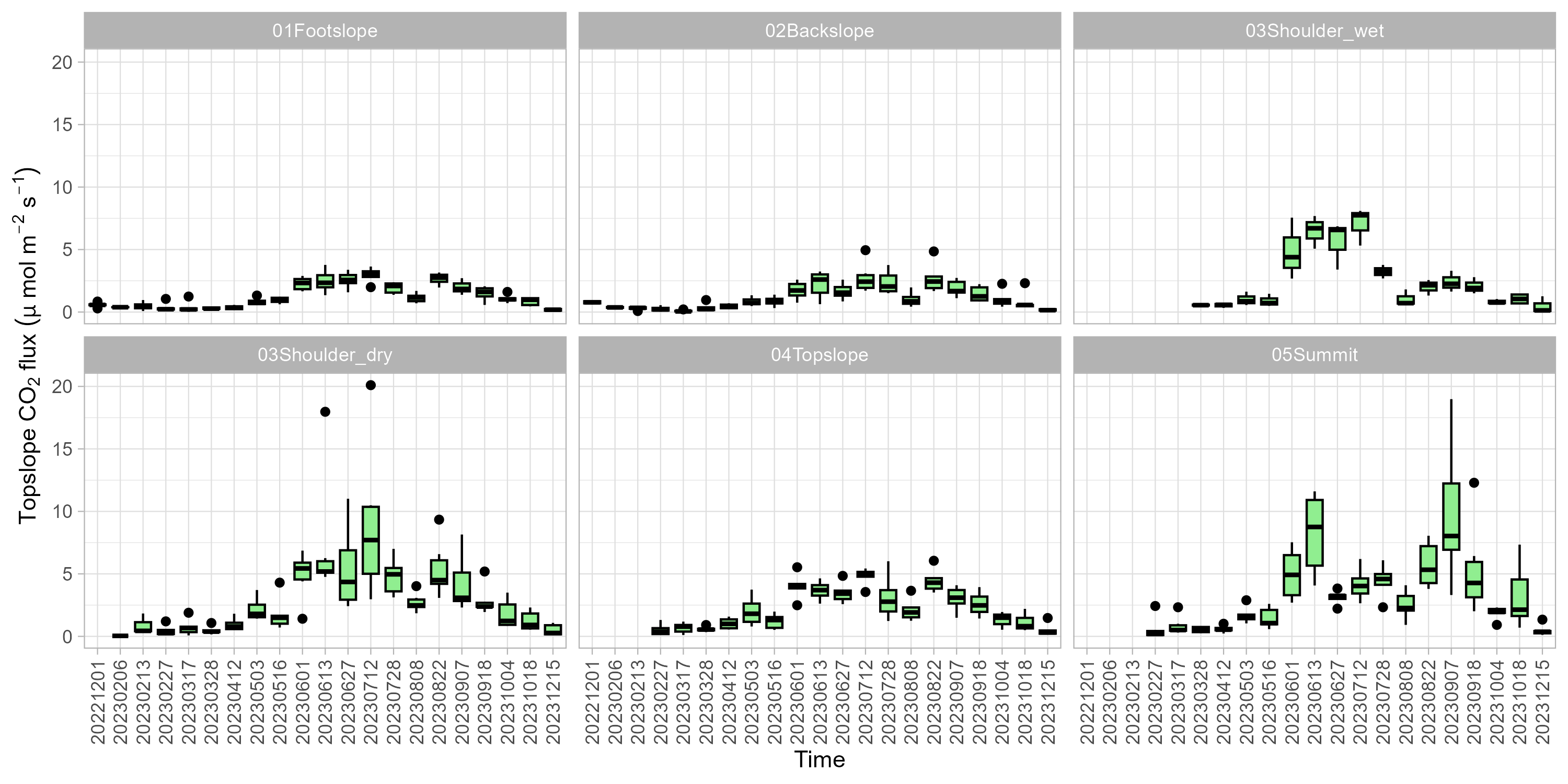
Drone-borne Ground-Penetrating Radar is used to map soil surface moisture. Measurements are conducted every 2 to 4 weeks, from May 2023 to September 2024. They show an impact of the weather conditions on the surface soil moisture and highlight some heterogeneous zones.

Multispectral and thermal sensors were mounted on the DJI M300 RTK drone to monitor surface dynamics every 2-4 weeks, from July 2022 to September 2024. Spatial differences in vegetation were smaller during the growing season, while land surface temperatures were the opposite.
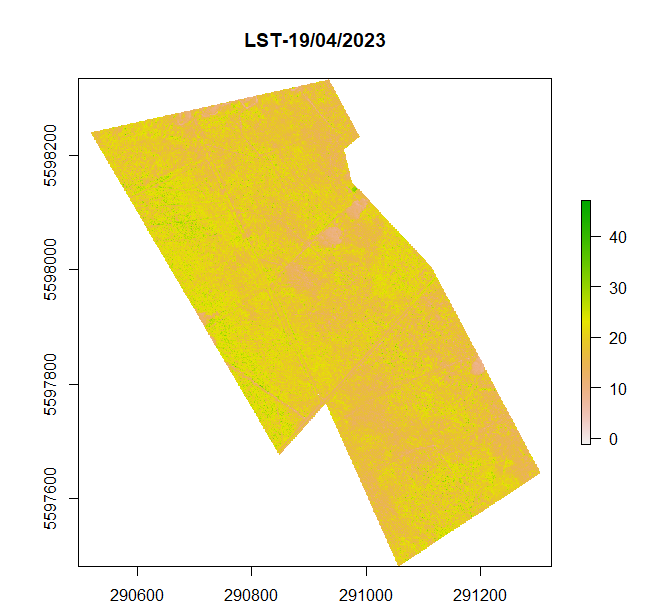
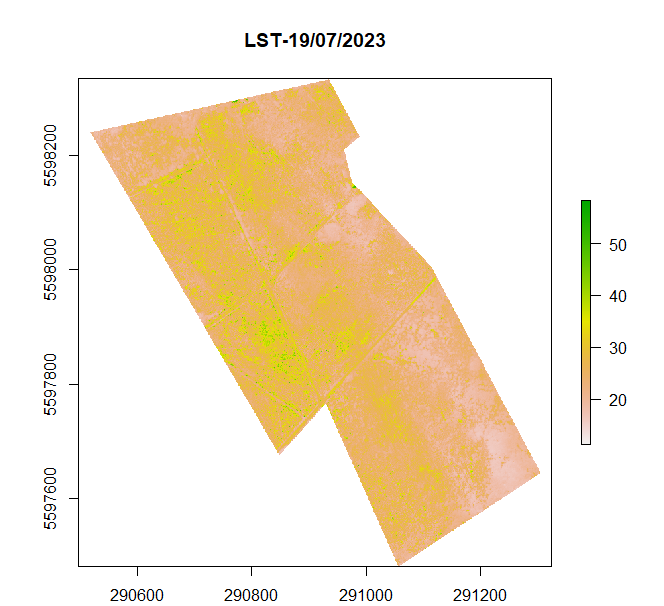
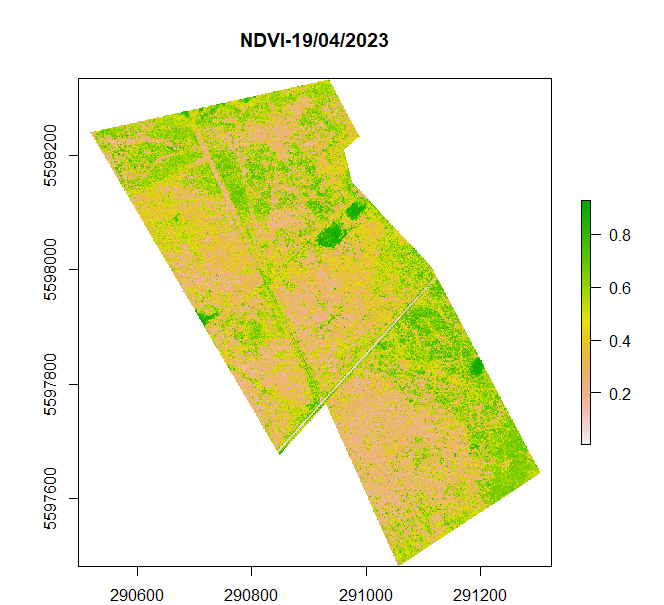
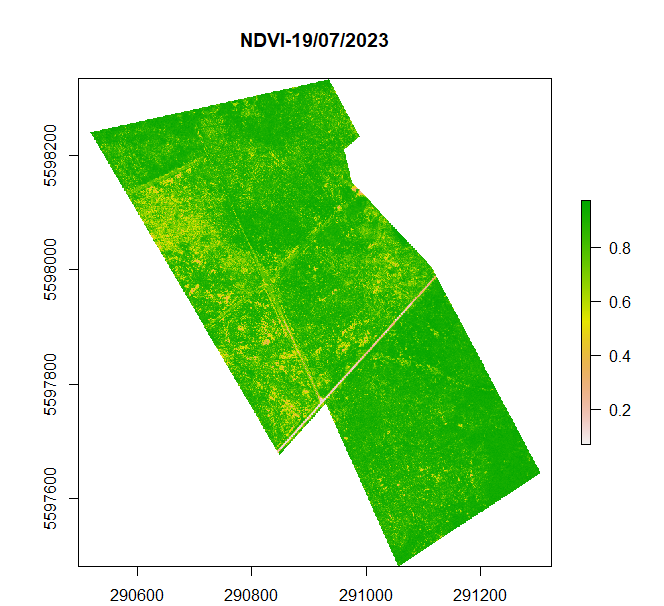
We will Integrate UAV data and in-situ measurements to explore the controlling factors of soil respiration. The preliminary findings indicate that soil respiration was positively related to soil temperature while negatively related to soil moisture.
